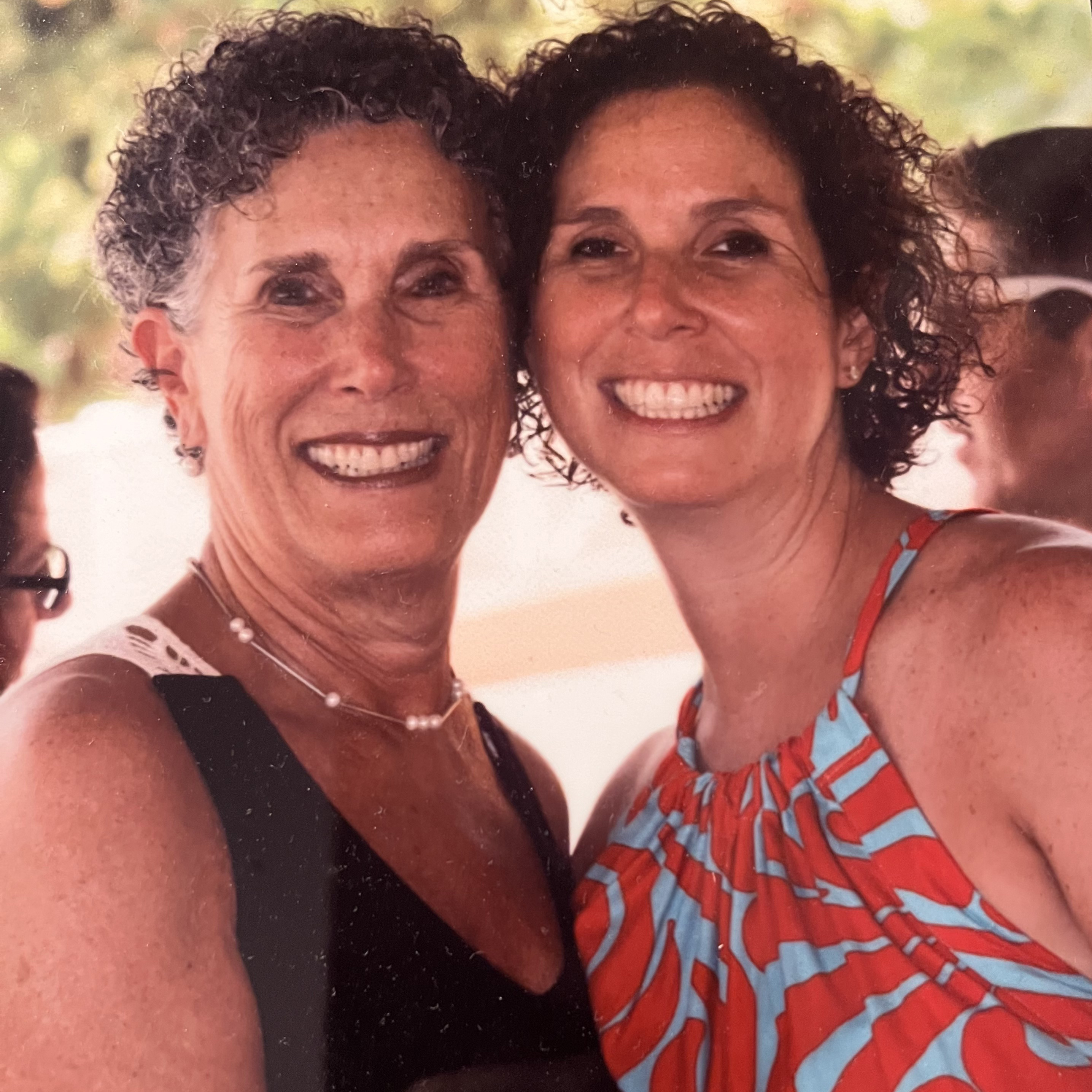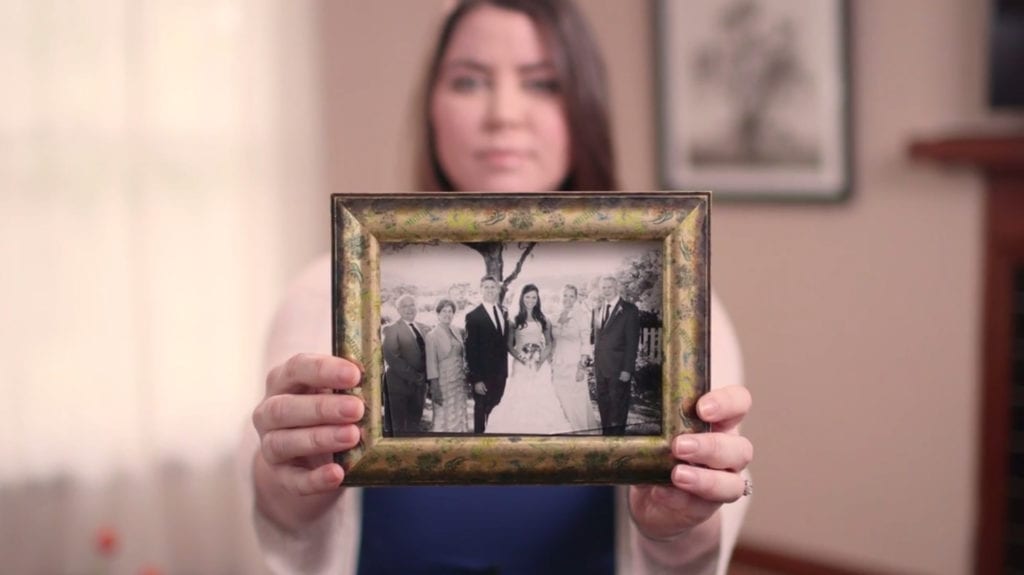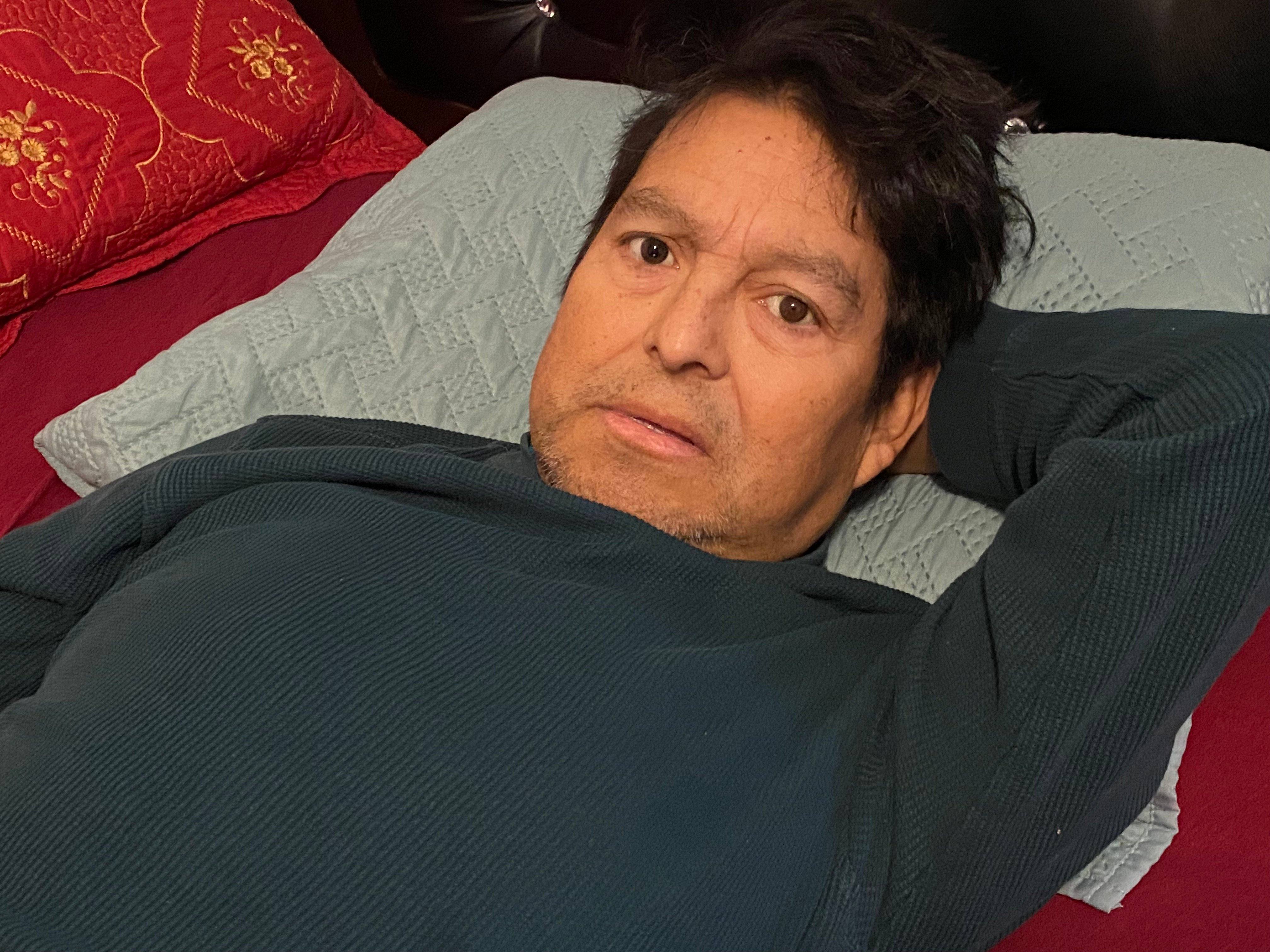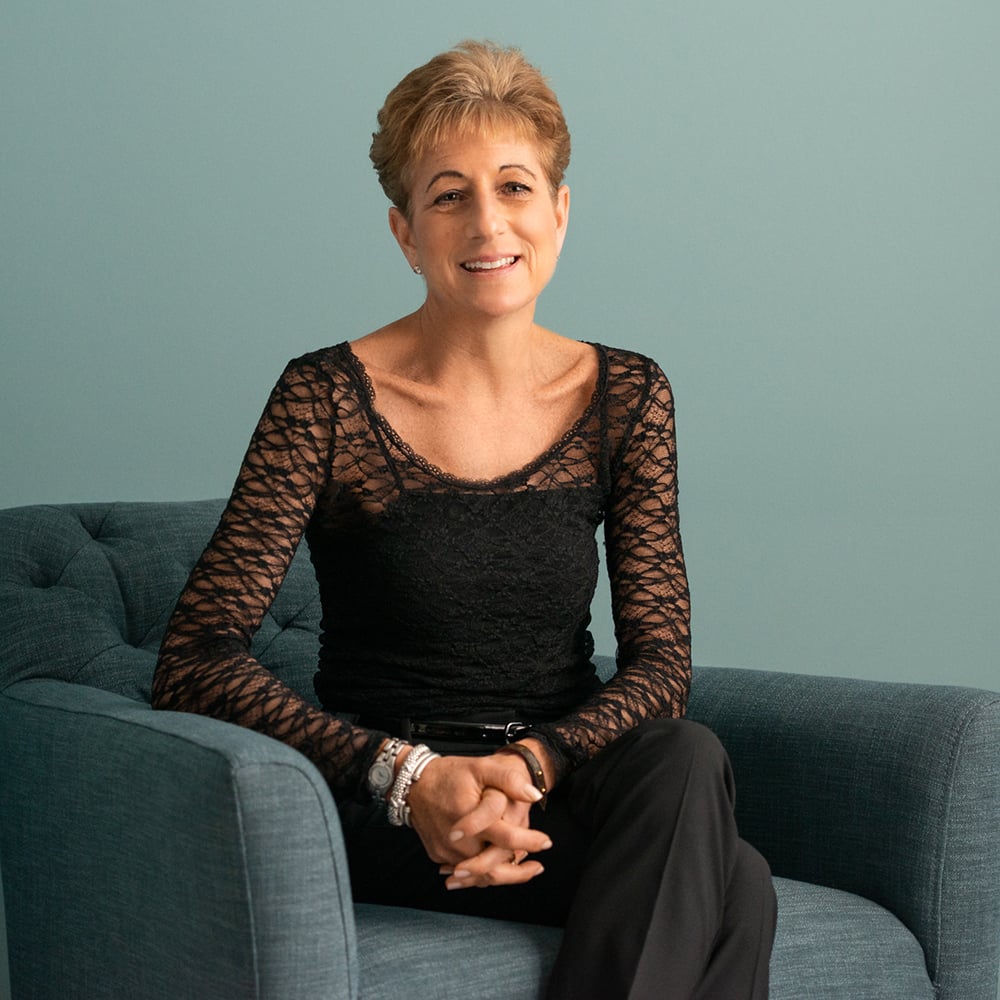Joey shared her story in November of 2022.
During the spring of 2017, something strange started happening with my mother, Maxine. It was barely noticeable at first. She was nervous about stuff she had done a million times. As Passover approached, she was obsessing over preparing the meal and setting the table, which she had done with ease for the last 50 years.
Mom was the consummate host and the life of every party. When my sister and I were growing up, she had a whole choreographed routine for the Seder: songs, puppets, even marshmallows that we would throw when it was time for the plagues. She would start cooking the soup a month in advance and have it ready, frozen in vats. Preparing for Passover had always been a cinch. So when she seemed so anxious about a tradition she could pull off in her sleep, it was a signal to our family that something was really wrong. This was not the Wonder Woman we all knew.
As my mother began retreating to her bed to watch baseball and her friends started asking my dad what was wrong with her, we encouraged her to go to the doctor. After some basic medical tests proclaimed her to be in excellent health, she received a prescription for treating anxiety and checked out some meditation CDs from the library. She kept saying she felt like she had Alzheimer’s. We told her she must just be in a funk.
The meds and CDs did not improve Mom’s situation. Her word recall was failing, as was her strength. She fell several times — this woman who walked an hour every day and regularly did yoga and Jazzercise. I became a part-time fitness instructor in no small part due to watching her do Richard Simmons videotapes. She was beautiful and had always done everything beautifully.
On May 2, Dad took her back to the doctor after he had to help her clasp her bra and get her up from another fall. Something was very wrong.
The doctor ordered a CT scan and was shocked by the result. Mom had a midline shift, meaning her brain tissue had shifted across the brain’s center line. This phrase, “midline shift,” fast-tracked Mom’s admission into the hospital for further tests. We took the elevator to Mom’s new room, and when we stepped out we saw the sign for the floor: Oncology Ward. Dad slumped against the wall.
While we waited for more tests, Mom tried to keep things lighthearted. She told us to take home the free toothpaste, tissues and other toiletries the hospital offered, just like she would have in a hotel. She joked with the hospital volunteers and nurses and even tried to eat the hospital food with gusto. As ever, she was the life of the party.
The tests ultimately revealed that Mom had multiple brain tumors and would need surgery to remove them. Pumped up on steroids to help shrink the tumors, Mom went home to wait for the surgery and summoned what was left of her energy to make plans for how my father, her husband of 50 years, would live without her. My sister and I visited with our families. No one had yet said the word “glioblastoma,” but we all knew what it meant, having watched a close friend of the family go through repeated and intense treatment regimens for a painfully long time. She did not want that for herself.
Years earlier, my parents had made a pledge to one another that if they got too incapacitated to care for themselves, they would hold hands and jump from their fourth-floor balcony together. They had joked about this, but now it was becoming clear that we would need a real plan to help my mother at the end of her life avoid prolonged suffering from this terrible terminal disease.
The surgery was a success — for the short term. The doctors explained that they removed as much of the large tumor as they could but couldn’t get the root of it. It would be back.
When Mom woke up in the ICU, she was unable to speak or use one side of her body. Once she was lucid enough to make herself understood, she began to show signs of severe mental anguish. She asked every doctor who came into the room, “Did you bring the gun? Who has the gun? Who’s going to shoot me?”
Her distress was not a joke. I know that if there were even a chance of recovery, of living what was to her a relatively normal life, Mom would have wanted to. She was only 71; she had four grandkids. But very few people survive glioblastoma. Mom felt a critical diminishment in her quality of life, and there was no potential for recovery.
After Mom was moved to a regular room for recovery, a palliative care doctor was the first to visit. The doctor said she had never seen someone in so much distress and helped secure a room in a nearby hospice facility for her.
Two days later, when Mom moved to hospice, she decided she was going to voluntarily stop eating and drinking (VSED). She had discussed it with my father, and he was on board. My sister and I researched whether Mom could take advantage of Washington, D.C.’s, medical aid-in-dying law, but given the state she was in, it would be far too difficult to establish residency, find two willing prescribers and physically move my mother to a new place. For my mother, VSED was her only way out.
On Mother’s Day, May 14, 2017, we gathered our whole family to visit her in hospice. It was also my nephew’s birthday, so we had a small party and some birthday cake. Mom ate some cake and announced that that was it — she wouldn’t be eating anything else.
It took 12 days for her body to shut down. Every day she became less responsive and more skeletal. She couldn’t move or get out of bed; she couldn’t go for her daily walk or to Zumba class. All she could do was lie there and wait to die. Her beautiful life had become a waiting game that she should have never had to play.
Just after midnight on May 26, my mother died. She had received her diagnosis just 24 days earlier.
If my mother had had the ability to take medication and peacefully slip away, she would not have had to wither to literal skin and bones before she died. If she had had the option of aid in dying, we could have planned for a party, a time for everyone to come say goodbye without her being in this reduced and unconscious state, and she could have been at home or wherever she wanted. Instead my beautiful, young-at-heart mother had only one option.
It took me about a year after my mother died before I could even say her name without bawling. But I wanted to do something to try to expand end-of-life options for folks here in Virginia, because people with terminal illnesses deserve more than one option. When I talk to people about medical aid in dying, they say, “Of course, that makes sense.” Who wouldn’t want a peaceful, pleasant end of their life?






